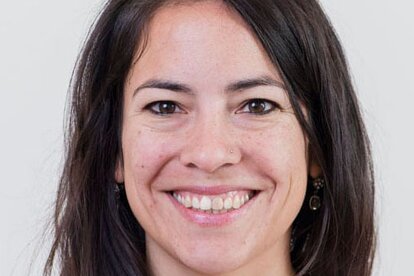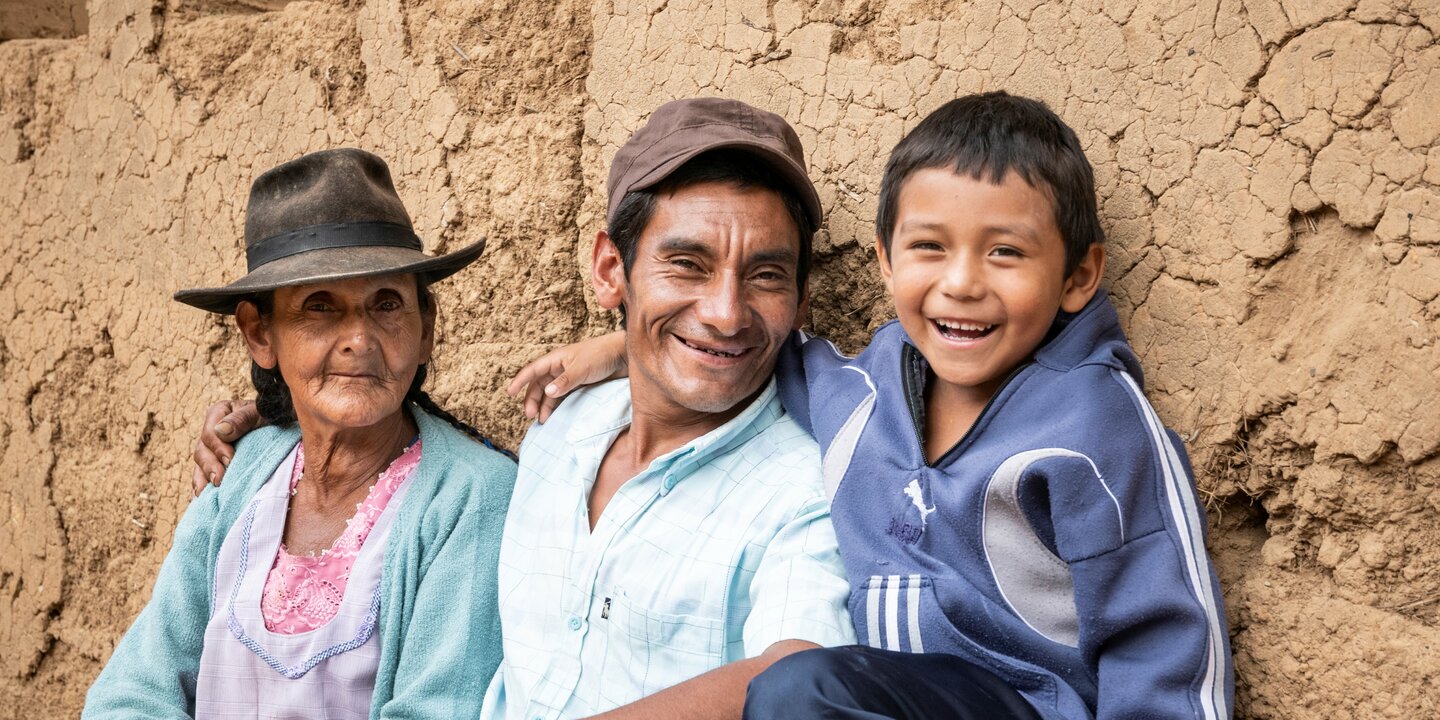Walnuts grow in the mountain regions of Central Asia and the Himalayan region, where they have been traded and cultivated for many years. Two types of walnut exist in Nepal: indigenous hard-shell walnut tree and soft-shell walnut. Walnut kernels are largely important to the national market and could replace imports from neighbouring countries. Macadamia trees are indigenous to Australia. Exports could meet the demand for macadamia in the international market, especially for organic nuts. Yet economic consideration is just one part. Both nuts are currently not promoted by the government or by any local organisation despite their economic potential. Climate suitability is also an important factor that should be considered before promoting the production of nuts.
The benefits of good analysis
Good analysis helps to understand incentives and capacities of different actors, including farmers. By good analysis, we mean one that serves as a filter, starting with understanding the wider socio-economic context and climatic factors and then narrowing down the focus of analysis to identify specific constraints. Farmers do not live in isolation from different socio (e.g. caste system) and economic (e.g. service provision) contexts which influence their decision to grow nuts.
In addition, a good analysis is not a one-off study but should build on continuous understanding through appropriate information to shape decision-making and informed actions. As shown below, the analysis done was a combination of different sets of research to better understand farmers’ decisions. This is guided by the “spirit of curiosity” of asking critical questions to identify potential drivers of change influencing the decisions of farmers to grow or not grow nuts.
For understanding climate suitability, we visited farmers who owned nut trees and after taking the coordinates of their trees, we continued the journey by asking them if they knew of other farmers cultivating trees. In that way, we were sent from one village to the next, never knowing where our search would take us next. The GPS coordinates were then inserted into our map. This analysis showed that the first mapping was far too general. We needed more information. In the next step, we consulted walnut and macadamia experts to get more detailed information. We also analysed the data (absolute minimum and maximum temperatures) from 117 weather stations recorded from 1956 to 2009. That way, we ensured that absolute minimum and maximum temperatures were represented in our modelling. This is important, as temperatures of -6°C in winter will most certainly kill a macadamia tree while temperatures over 45°C are not desirable for macadamia or walnuts.
For understanding the role of other factors, we put together an extensive survey, covering questions about the educational, financial and social background questions considering the drivers of nut cultivation and questions regarding the emotional context of the respondent and his or her family. Each part included open and closed questions that allowed for descriptive data and the extraction of qualitative information and for the collection of narratives that we used to understand better individuals’ answers.
What did we find out?
Climate change is a challenge for the rural population in Nepal. The impacts of climate change happen through increased maximum temperatures in combination with decreased summer monsoon precipitation and unpredictability in the start of the monsoon. Both trees grow well under current climatic conditions in their specific climate zones in Nepal. Macadamia grows best in the eastern and central mid-hills at an average elevation of 1,167 m. In the south-west, temperatures are too hot. Walnut grows best in the belt at an average of 1,911 m.
We conclude that both macadamia and walnut can grow in Nepal under the climate projections we used for 2050, provided that the regional climatic shifts are considered before planting. We acknowledge that climate projections for 2050 will take time to unfold, yet careful consideration of them now could allow for large areas of sustainable cultivation; clear guidance about the predicted climate shifts should be considered before any agricultural promotion.
For the surveyed group, walnut growers are likely to be in the high caste Brahmin while walnut non-growers belong to the low caste of the Dalits. For macadamia, there was no difference between the castes. Regarding the poverty rating of the interviewed households (assessed by the material of the house, size of the land, and location), very poor farmers are most likely to be non-walnut growers while medium and wealthy households are most likely grow walnuts. In the macadamia region, there were fewer very poor farmers and the only significance found was that macadamia farmers were wealthy.
Another interesting fact about walnuts was that farmers who have the walnut trees also have fruit or fodder trees. Or, to put it another way, non-walnut growers do not have any other trees either. Gender was only an influential variable for walnut growers – walnut growers are most likely to be men and non-growers to be women. There is a feminisation of agriculture that is caused by the male-out migration; over eighty percent of the farmers agreed that “if a woman has the knowledge, there is no problem for her to cultivate nuts”. Age, schooling years, migration, available labour or land size did not show a significant influence on whether a farmer grows nuts or not. One farmer stated that “I’m getting old. Soon, I will not be able to work physically hard. With nut trees, I will only have to pick the nuts. Therefore, the nut trees will be my pension”.
Implications of the analysis
Effective facilitation of interventions to support farmer requires a good understanding of different factors – both formal and informal – regarding why market actors, including farmers, act as they do and the incentives they should change or resist change. Our analysis confirms that a farmer who starts a new crop has enough means to be able to bear the risks of a new crop. For example, walnut farmers in Jumla often belong to the higher castes. Higher caste farmers have often more and better land and thereby more financial means. Farmers belonging to lower castes, or poorer farmers, were observed to follow the example of nut farmers who have large plantations once they had seen their success in cultivation. However, as they have fewer means to invest or less land available, they are only able to plant few trees which again gives only a small income, albeit a useful one.
Our analysis is the first stage of understanding factors that affect the decisions of farmers to grow or not grow nuts. This should be followed by an in-depth analysis of the root causes, rather than symptoms for the underperformance, lack or mismatching of different functions such as financial services, training services and linkages/coordination. In designing and implementing interventions in nuts, supplementary actions, at least initially, are necessary to support women, poor, lower caste and/or landless. Such supplementary actions include subsidised skills improvement, physical infrastructure, and access to technical, as well as financial and business services. The supplementary actions, however, should avoid creating dependency or establishing parallel structures; they need to be built on a clear vision of “who will do and pay for such support and service” beyond a project’s lifespan.
Additional sources
- Climatic suitability predictions for the cultivation of macadamia and walnuts in existing land-use zones and forest management regimes under climate change scenarios: addressing food security in the mid-hills of Nepal
- On systemic approach: what it is and what it is not
- Using a Systemic Approach to Analyse the BioTrade Market System



